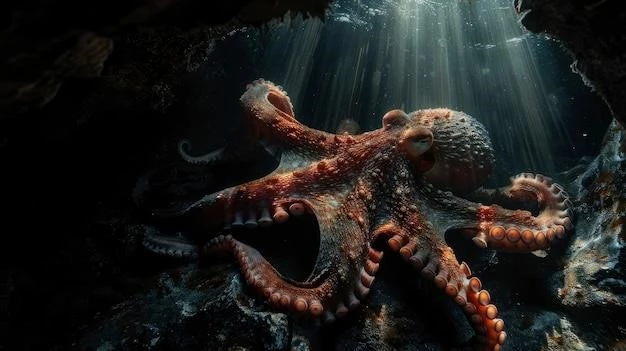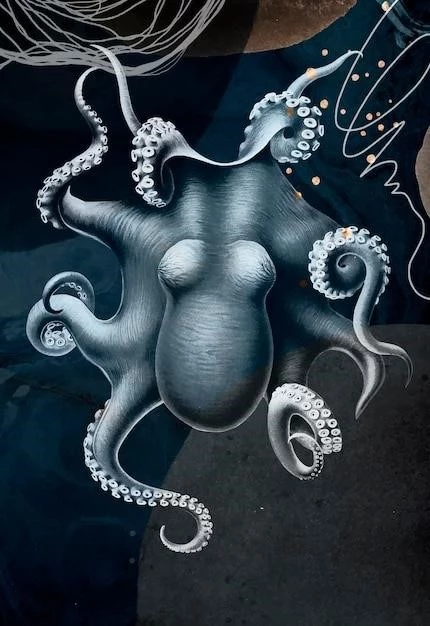The Legend of the Kraken: Fact or Fiction?
The Kraken, a colossal sea monster of immense size and terrifying strength, has captivated the imaginations of sailors and storytellers for centuries. This mythical creature, often depicted as a giant squid or octopus, has been the subject of countless legends and tales, leaving many to wonder whether there is any truth to the stories.

Origins and Evolution of the Kraken Legend
The earliest accounts of the Kraken can be traced back to the Viking sagas, where it was described as a monstrous sea serpent capable of swallowing entire ships. These tales were passed down through generations, spreading across Europe and inspiring countless works of literature and art.
One of the most influential accounts of the Kraken came from the Norwegian naturalist Erik Pontoppidan in his 1752 book “Natural History of Norway.” Pontoppidan, drawing upon local folklore and eyewitness accounts, described the Kraken as a creature of immense size, capable of sinking ships with its tentacles. He even claimed that the Kraken’s corpse could be mistaken for an island.
Over time, the Kraken evolved from a monstrous serpent to a giant squid or octopus, influenced by growing knowledge of these creatures and their incredible size. The image of the Kraken as a colossal cephalopod, with its powerful tentacles and venomous beak, became deeply ingrained in popular culture.
Scientific Evidence and the Reality of Giant Squids
While the Kraken as a creature of immense proportions may be purely mythical, the existence of giant squids is a well-documented scientific fact. The largest known species, the colossal squid (Mesonychoteuthis hamiltoni), can reach lengths of over 40 feet and weigh over a ton. These creatures inhabit the deep ocean, making them elusive and difficult to study.
In recent years, advancements in deep-sea exploration have provided further evidence of giant squids. In 2004, researchers captured footage of a giant squid in its natural habitat for the first time; This footage, along with the occasional discovery of giant squid carcasses, has helped to confirm the existence of these incredible creatures.
The Kraken in Popular Culture
The Kraken has played a prominent role in popular culture, appearing in literature, film, and video games. Some notable examples include:
- “Moby Dick” (1851) by Herman Melville: The Kraken is mentioned as a terrifying creature that preys on sperm whales.
- “Pirates of the Caribbean: Dead Man’s Chest” (2006): Captain Davy Jones is depicted as having a Kraken as his pet, which he uses to attack ships.
- “Clash of the Titans” (2010): The Kraken is a giant sea monster that attacks the Greek hero Perseus.
The enduring popularity of the Kraken is a testament to its power as a symbol of the unknown and the terrifying potential of the deep ocean.

Conclusion: Fact and Fiction
While the Kraken as a mythical creature may be a product of human imagination, the reality of giant squids provides a basis for the legend. These colossal cephalopods, with their immense size and powerful tentacles, have inspired awe and fear in humans for centuries. The Kraken, as a symbol of the unknown and the mysteries of the deep, continues to captivate our imaginations.
The legend of the Kraken serves as a reminder of the vastness and power of the ocean, a realm that remains largely unexplored and full of mysteries. Even though we have learned much about the natural world, the possibility of undiscovered creatures lurking in the depths continues to spark our curiosity and fuel our fascination with the Kraken.










